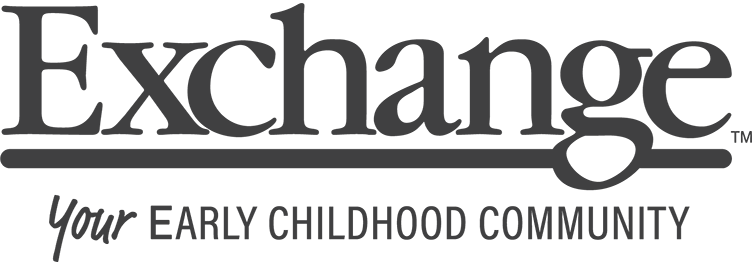As a mental health consultant working in preschool settings in the Northwest, I have seen how gender plays a strong role in early childhood education and recognized pitfalls in the early childhood education community. We often use gendered language, “boys and girls” or “mommy and daddy” and refer to toys and characters more frequently as “he.” We group or categorize children based on gender, “boys line up please,” we often praise children differently or for different attributes based on stereotypes—What a pretty dress!—and we respond to children’s behaviors differently, for example labeling boys as “active” and girls as “dramatic.” Additionally, assumptions are routinely made about a child’s behaviors (both negative and positive) because of their gender, instead of seeing the child for the individual that they are.
Supporting Gender Expansive Children and Families in the Preschool Classroom
Free Member
Gain insider access to select articles, free digital resources, and be the first to learn about upcoming events and book releases.
All-Access
Gain full access to articles and the Ed.Flicks Video Library, 20% off downloadable products, plus all the perks of the Free membership.
Pro
Enjoy all the perks of the All-Access membership level along with additional sharing permissions and video download access.

Supporting early childhood education professionals worldwide in their efforts to craft thriving environments for children and adults.
Exchange Press
7700 A Street
Lincoln, NE 68510
(800) 221-2864
[email protected]
About Us
Customer Service
Subscribe to ExchangeEveryDay
Brief news, ideas, and inspiration in your inbox, 5 days a week.
Sign up:
Exchange Press is an initiative of Dimensions Foundation, a 501(c)3 non-profit organization. © 2025 Dimensions Educational Research Foundation. All rights reserved.



